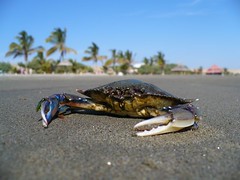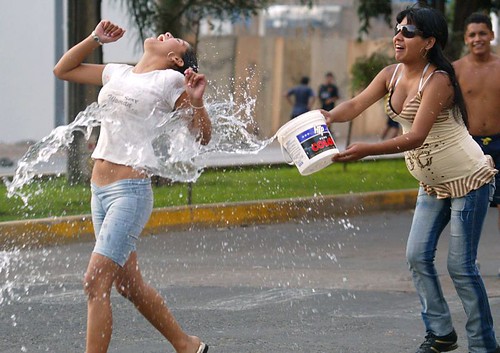To walk to Machu Picchu from Aguas Calientes involves a steep continuous climb for an hour and a half in the rain. You can take the US$12 bus instead for a five minute journey, but that’s more than what two hour-long bus rides in one of the most expensive cities in the world costs.
We set off early, just before 6am, minutes after dawn. This was 30 minutes later than planned, but we hoped to arrive no more than 30 minutes after the 6:30am opening time of the ruins. There were few other tourists awake, and the buses were just preparing for their day. It looked like we were going to be one of the first ones there. We set off from the town to the river, vaguely aware of where we were going.





![Gastón’s La Mar in San Francisco [Featured]](http://farm4.static.flickr.com/3648/3351155372_6e43bf5e92_m.jpg)


